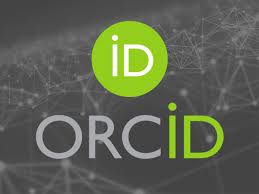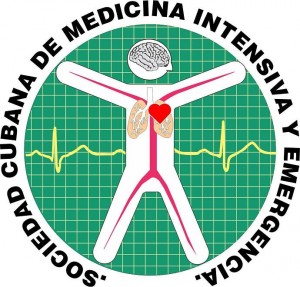Limbic encephalitis in an adolescent
Keywords:
limbic encephalitis, viral, paraneoplastic, autoimmuneAbstract
Introduction: Limbic encephalitis is a disease caused by inflammation of the brain, specifically in the medial region of the temporal lobes, on the hippocampus, which is often characterized by subacute compromise of memory, psychiatric symptoms and seizures.
Objective: To describe the clinical, humoral and imaging characteristics of a patient with limbic encephalitis, as well as the treatment used and evolution.
Presentation: We present the case of a 17 years old male patient, who was admitted to the Borrás-Marfán Pediatric Hospital with clinical manifestations of fever, difficulty speaking and memory disorders. Supported by clinical, laboratory and imaging analysis, the diagnosis of limbic encephalitis was made. A satisfactory evolution is observed.
Conclusions: Etiology of this disease may be infectious or may be caused by autoimmune elements. Nuclear magnetic resonance is an effective tool in the early diagnosis of the disease. Nuclear magnetic resonance represents an effective diagnostic tool in early detection of the desease.
Downloads
References
Referencias Bibliográficas
1.Giacomantone EG. Encefalitis límbica: clínica, patogenia y problemas diagnósticos. Rev. Hosp. Ital. B. Aires. 2020 [acceso 10/02/2022]; 40(4):199-207. Disponible en: https//ojs.hospitalitaliano.org.ar/index.php/revistahi/article/view/30
2. Ortega MC, Valderrama A, Sanabria A. Encefalitis autoinmune-encefalitis límbica. Caso clínico. Rev. Alerg. Méx. 2020 [acceso 10/02/2022]; 67(3):297-304. DOi: https://doi.org/10.29262/ram.v67i3.770
3. Macas JA, Muñoz LL., Honores AX., Lazón JC. Encefalitis autoinmune por anticuerpos NMDA a propósito de un caso clínico. RECIMUNDO. 2020 [acceso 10/02/2022]; 4(4):174-181. DOI: 10.26820/recimundo/4.(4).octubre.2020.174-181
4. Salazar F, Saltos F, Cevallos J, Romero G. Encefalitis Autoinmune Anti-Receptor NMDA. Reporte de Caso Clínico y Revisión de Literatura. Rev. Ecuat. Neurol. 2020 [acceso 10/02/2022]; 29(1):165-170. Disponible en: https://revecuatneurol.tep.publicknowledgeproject.org/index.php/revecuatneurol/article/view/1654
5. Collao JP, Romero C, Delgado C. Encefalitis autoinmunes: criterios diagnósticos y pautas terapéuticas. Rev Med Chile. 2018 [acceso 10/02/2022]; 146(3):351-361. DOI: http://dx.doi.org/10.4067/s0034-98872018000300351
6. Álvarez R, Casas CA, Juan A, Riol JA, Díaz O. Encefalitis límbica. Presentación de un caso. MEDICIEGO. 2014 [acceso 10/02/2022]; 20(2): [aprox. 4 pag]. Disponible en: https://revmediciego.sld.cu/index.php/mediciego/article/view/35
7. Fica A, Pérez C, Reyes P, Gallardo S, Calvo X, Salinas AM. Encefalitis herpética. Serie clínica de 15 caso confirmados por reacción de polimerasa en cadena. Rev Chil Infect. 2005 [acceso 10/02/2022]; 22(1): 38-46. DOI: http://dx.doi.org/10.4067/s0716-10182005000100005
8. Barquero A. Encefalitis autoinmune por anticuerpos antirreceptor de NMDA. Neuroeje. 2016 [acceso 10/02/2022]; 29(1):26-30. Disponible en: https://www.neuroeje.com/articulos/105.pdf4
9. Villegas JD. Análisis de la epidemiología, respuesta terapéutica, y pronóstico en los pacientes con Encefalitis Autoinmune en los Hospitales México, San Juan de Dios, Rafael Ángel Calderón Guardia, Maximiliano Peralta Jiménez, Nacional de Niños, en el período de febrero 2013 a noviembre 2018. Universidad de Costa Rica. Tesis. 2020 [acceso 10/02/2022]. Disponible en: https://repositoriosiidca.csuca.org/Search/Results?lookfor=angel+juan+jose&type=AllFieldst
10. De la Fuente FM, Armejo LE, Cantellano DM. Características clínicas de una serie de pacientes pediátricos con encefalitis autoinmune en un centro de tercer nivel. Rev Mex Neuroci. 2019 [acceso 10/02/2022]; 20(sup):S22. Disponible en: www.revmexneurociencia.com






